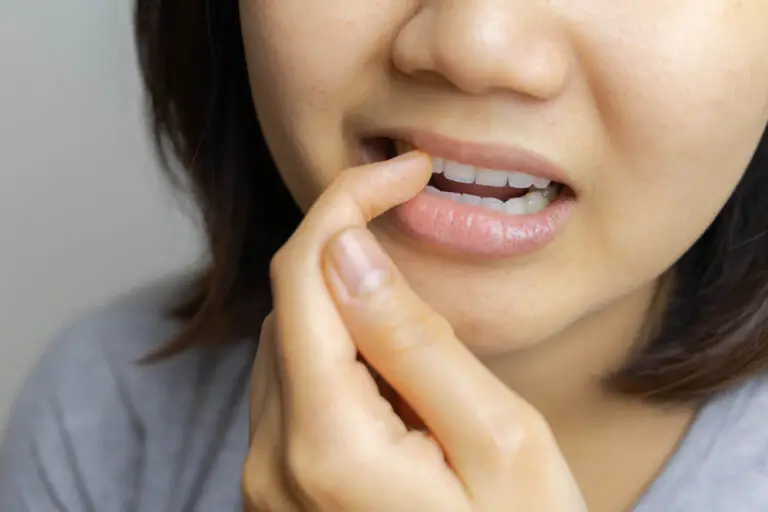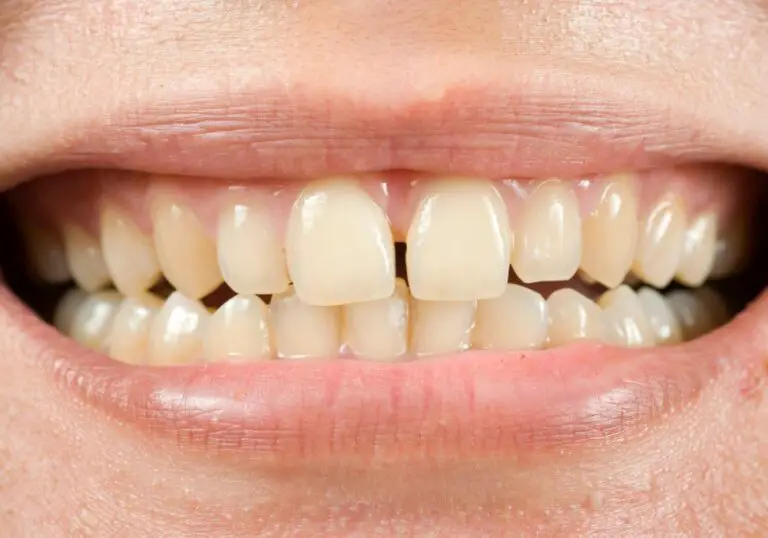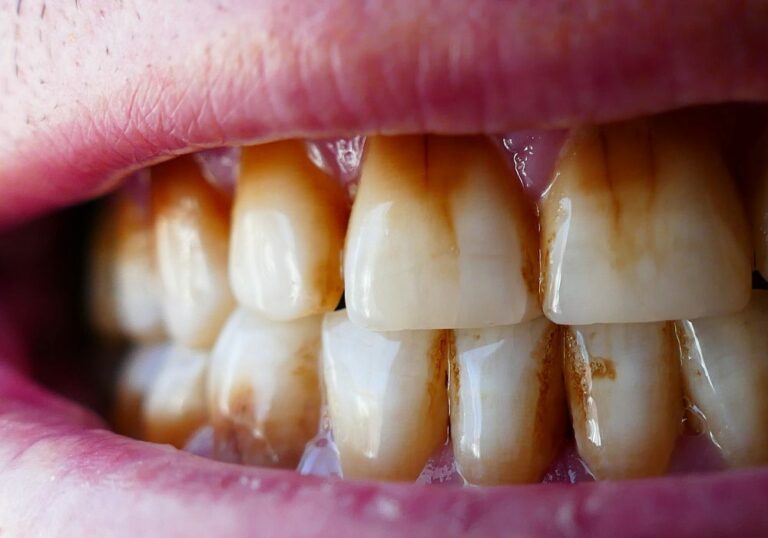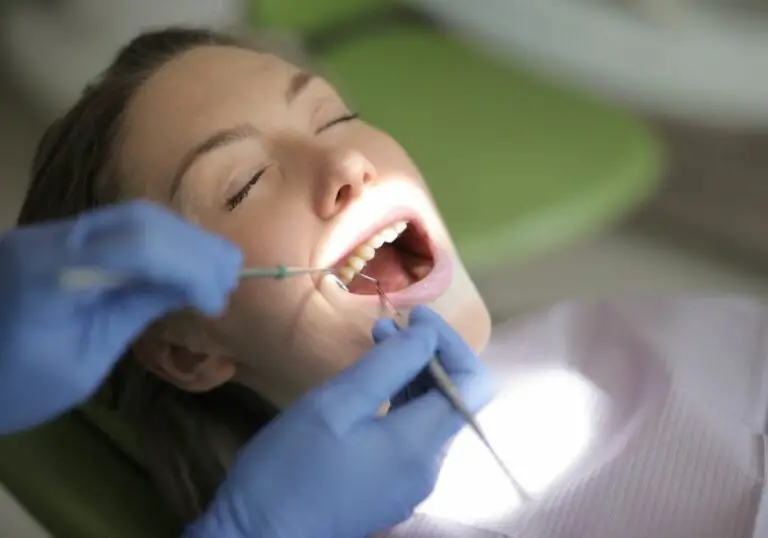An in-depth look at fake teeth as an alternative to traditional braces
Getting traditional metal braces is a common and effective way to fix issues with tooth alignment, spacing, and bite. However, braces require a lengthy commitment of at least 1-2 years. For some patients, getting fake teeth through dental veneers or bonding may be an appealing alternative to consider instead of old-fashioned braces. There are several key factors to fully weigh when deciding between these options:
How do fake teeth compare to braces on important considerations?
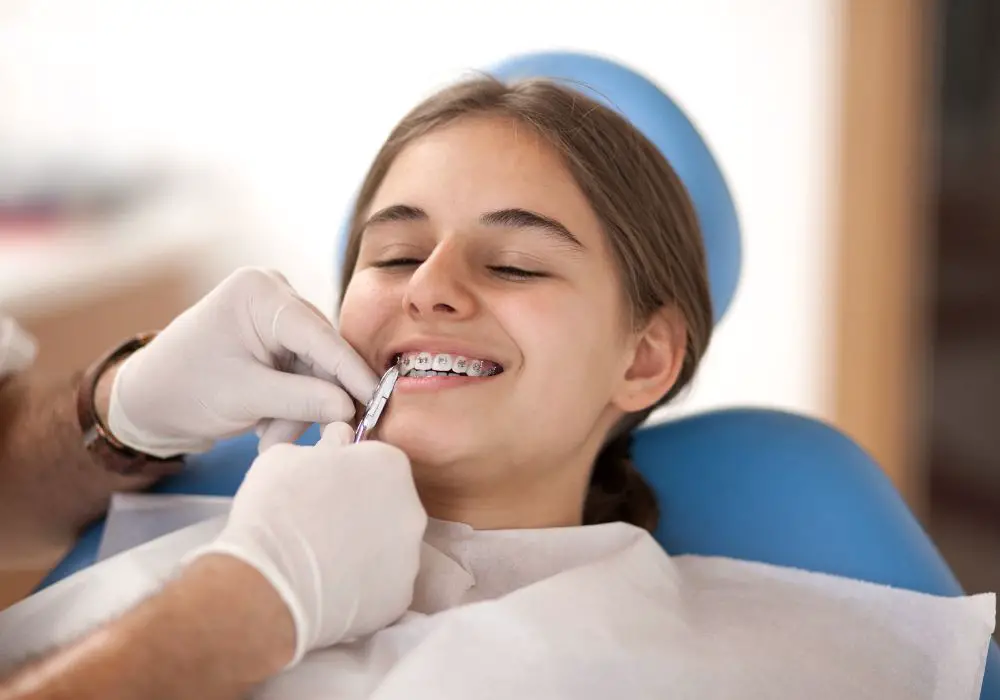
- Treatment duration – One of the biggest appeals of fake teeth is the much faster treatment time, often taking only 2-4 weeks until completion, compared to the 12-24 months for braces. Patients who want their smile corrected quickly may benefit from veneers or bonding.
- Aesthetics and appearance – Fake teeth are custom designed to create an attractive, even smile line with properly aligned and spaced teeth. This may have a more natural, subtle look compared to the metallic brackets and wires of braces.
- Impact on lifestyle – With veneers and bonding, there are no special cleaning instructions or dietary restrictions needed. Patients can eat and care for their teeth normally. Braces require vigilant oral hygiene and avoidance of sticky, hard, and chewy foods that could damage the brackets.
- Correction capabilities – Fake teeth primarily improve the cosmetic appearance by straightening, closing gaps, and evening out the smile line. Braces focus more on structurally moving and realigning the position of the teeth and jaws.
- Longevity and durability – Good quality fake teeth can last 10-15 years with proper care. Some braces patients may need to wear retainers indefinitely after braces are removed to prevent teeth shifting back.
- Health risks – Prepping teeth for veneers or bonding does remove some natural tooth structure and can increase tooth sensitivity as a side effect. Braces are non-invasive and carry low health risks when done properly.
- Costs – Braces tend to cost $3,000 – $7,000 on average. Veneers and bonding range from $900 – $2,500 per tooth, so a full mouth could be $10,000 – $30,000+.
Key factors to determine if fake teeth are a viable option
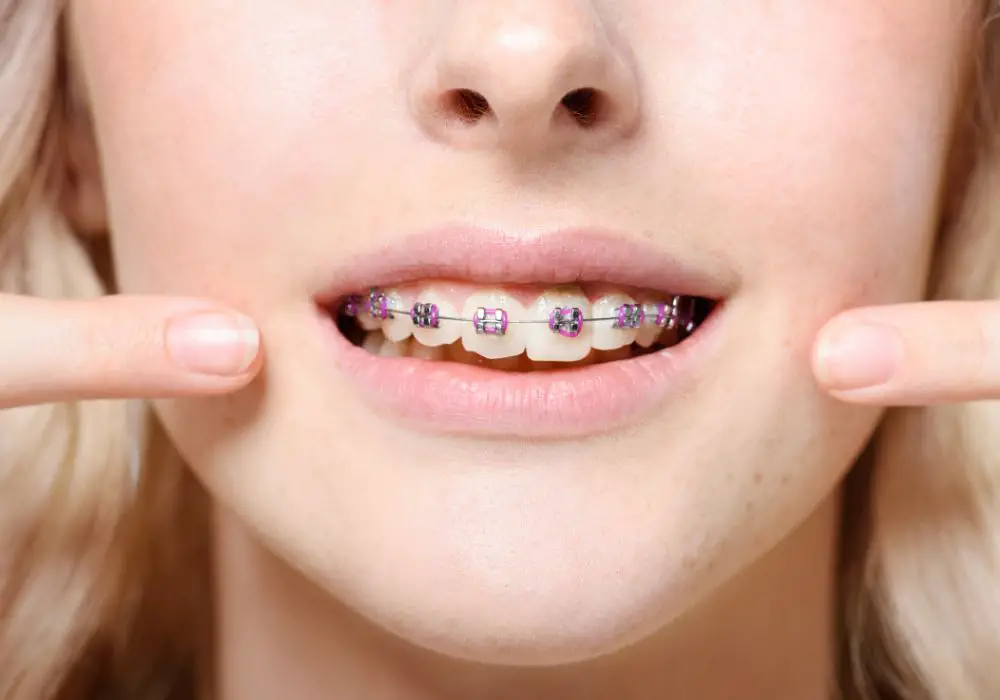
Every patient’s case is unique, but some good guidelines exist on whether fake teeth could work instead of braces:
- Type of correction needed – Small spacing or alignment issues may be easily fixed with veneers or bonding. More complex cases with overbites, narrow arches, or severely crooked teeth still benefit more from braces.
- Overall dental health – Teeth need to be in good condition to properly bond with fake teeth. Those with advanced periodontal disease, tooth decay, or other issues may not be candidates.
- Commitment to dental care – Fake teeth need ongoing diligence to keep clean, prevent damage, and minimize stains. Patients who decline dentist visits and proper oral hygiene might not be suited for veneers or bonding.
- Timeframe for treatment – Those who want fast smile correction in weeks instead of years are better candidates for fake teeth. Teens eager for improved looks before graduation or other events may want to consider this option.
- Budget and finances – The higher upfront cost of veneers and bonding rules them out for some patients. Braces that are covered by dental insurance or payment plans can be more affordable.
Key steps if pursuing fake teeth instead of traditional braces
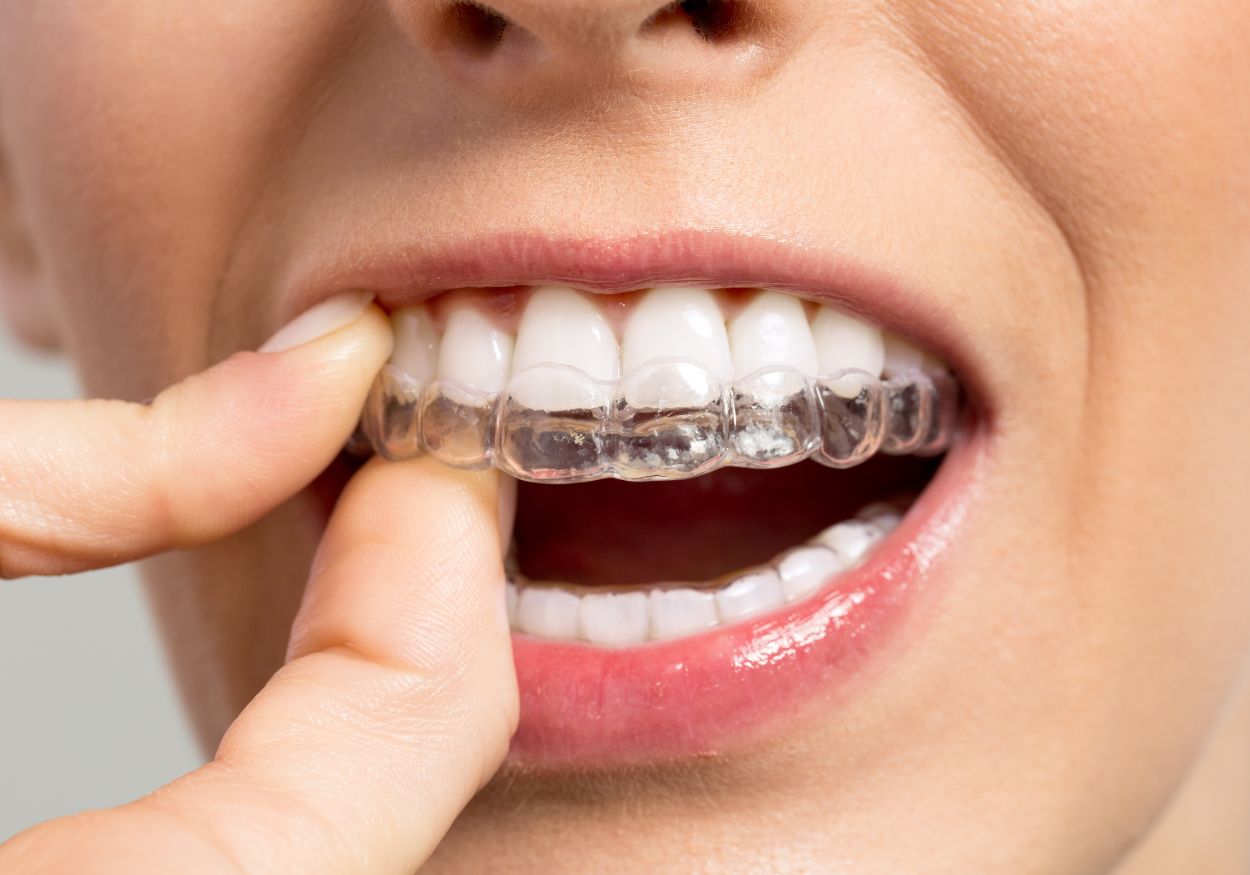
For those who decide fake teeth are the right choice over braces, there is a general process to complete the treatment:
- Consultation – Meet with an orthodontist and/or cosmetic dentist to evaluate your specific orthodontic situation and treatment goals.
- Records and treatment planning – Have impressions, photos, and scans done of your teeth to plan out the design of the veneers or bonding.
- Prepping teeth – For veneers, some enamel is removed to accommodate the new covers. Bonding requires less reduction of natural teeth.
- Custom fabrication – Veneers are made individually based on your treatment plan by a dental lab. Bonding material is directly shaped onto teeth.
- Bonding – The veneers or bonding material is bonded onto the prepared teeth with a special dental adhesive.
- Finishing and review – Once bonded, the fake teeth are finished and polished. The orthodontist will check the fit and function.
Answers to common questions about fake teeth instead of braces
Many people considering fake teeth over braces have similar questions. Here are answers to some of the frequently asked ones:
Are fake teeth just as effective for fixing issues as braces?
Fake teeth are very effective for cosmetic improvements like closing gaps, straightening slightly crooked teeth, and generally evening out the smile line. They do not move the actual tooth roots and jaws like braces, so they cannot fully correct more complex misalignment or bite issues.
Do fake teeth require any special maintenance?
Veneers and bonding do not require the meticulous cleaning and diet changes of braces. However, excellent oral hygiene and avoiding biting hard objects are important to prevent damage and maximize their longevity. Regular dental visits for polishing and dental sealants also help.
How long do fake teeth last compared to braces?
With proper care, high-quality porcelain veneers and bonding can last 10-15 years, though they may need some repair in that time. Braces make structural changes that are more permanent, though a retainer is often needed after to prevent gradual shifting.
Can fake teeth be removed or reversed if I don’t like them?
Because veneers require reduction of the natural teeth, they cannot simply be peeled off and reversed easily. However, veneers can be redone if needed. Bonding is less permanent and can be removed, though it may take some enamel with it.
Will fake teeth impact speech or eating ability?
Beyond some initial adjustment, veneers and bonding should not affect speech or eating ability. They are designed to function just like natural teeth. This is an advantage over braces, which can temporarily impact speech and require dietary adjustments.
Conclusion
For some patients with minor to moderate alignment and spacing issues or who want fast smile improvement, fake teeth through veneers or bonding offer a viable alternative to braces. They provide great cosmetic enhancement in a short timeframe. However, those with more complex orthodontic issues will still benefit more from braces over the long run. Considering factors like correction needs, cost, timeframes, and dental health are key in determining if fake teeth could be a good option over traditional orthodontic treatment. Consulting experienced cosmetic dentists and orthodontists is crucial before deciding on a path. While not right for everyone, in the right situations fake teeth can transform a smile without the extended process of braces.

